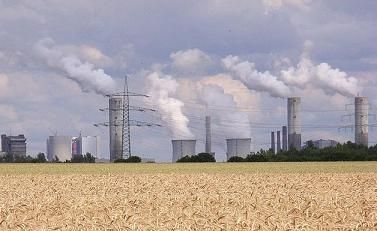Germany’s GHG drop to lowest level since 1990
New analysis has found lignite coal as Germany's biggest single source of electricity dropping to their lowest level since 1990

A report conducted by analysts at Agora Energiewende argued that Germany’s energy transition was “on a solid footing”, however, opposing reports demonstrate that the transition to a cleaner energy mix was resulting in increased emissions.
A report supported by both of the industry’s as well as the European Climate Foundation found that renewables were the most essential source of electrical energy in the power mix in Germany for the first time in 2014, assembling 27.3 per cent share of demand.
According to data power demand fell by 4 per cent as business and consumers adopt energy efficient appliances.
The combination of clean energy capacity, efficiency improvements, and a relatively mild winter concluded in the lowest level of carbon emissions from the power sector since 1990.
The Chancellor of the Energiewende programme, Angela Merkel, recommended plans to limit carbin emissions by 40 per cent by 2020 compared to levels in 1990 through phasing out nuclear power and increasing the share of renewable energy.
This initiation was heavily criticised as many argued that the phasing out of nuclear power could result in an increased levels of carbon emissions in the medium term.
Director of Agora Energiewende, Patrick Graichen recognises the latest figures for 2014 and suggested that the Energiewende was continuing to make impressive progress.
He states "In 2013, we could still see an increase in the undesirable emission of carbon dioxide, parallel to the rise in renewables. At the time, we called this the Energiewende Paradox. Today we can say that this trend has been broken - energy from renewables continues to grow and greenhouse gas emissions are decreasing again."





